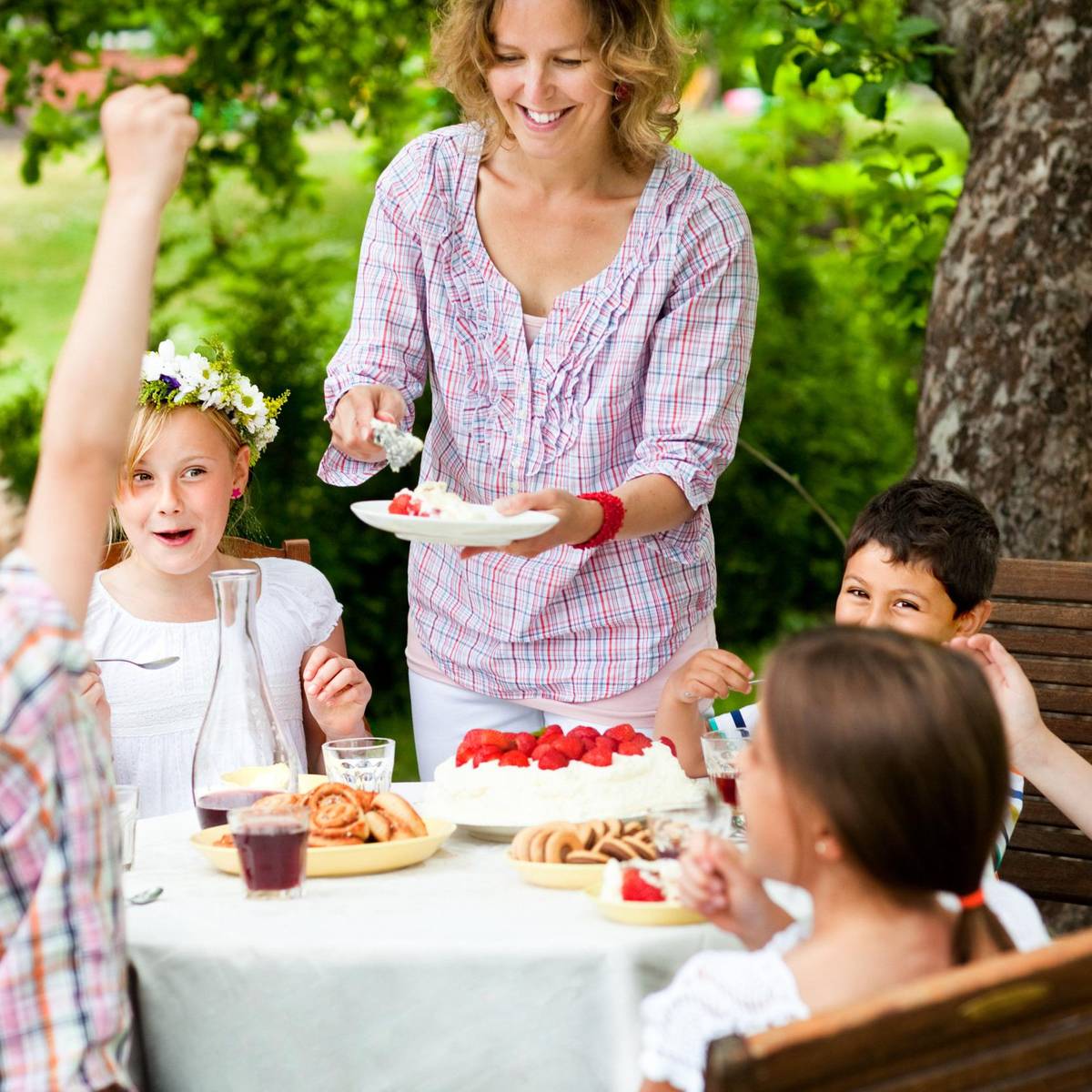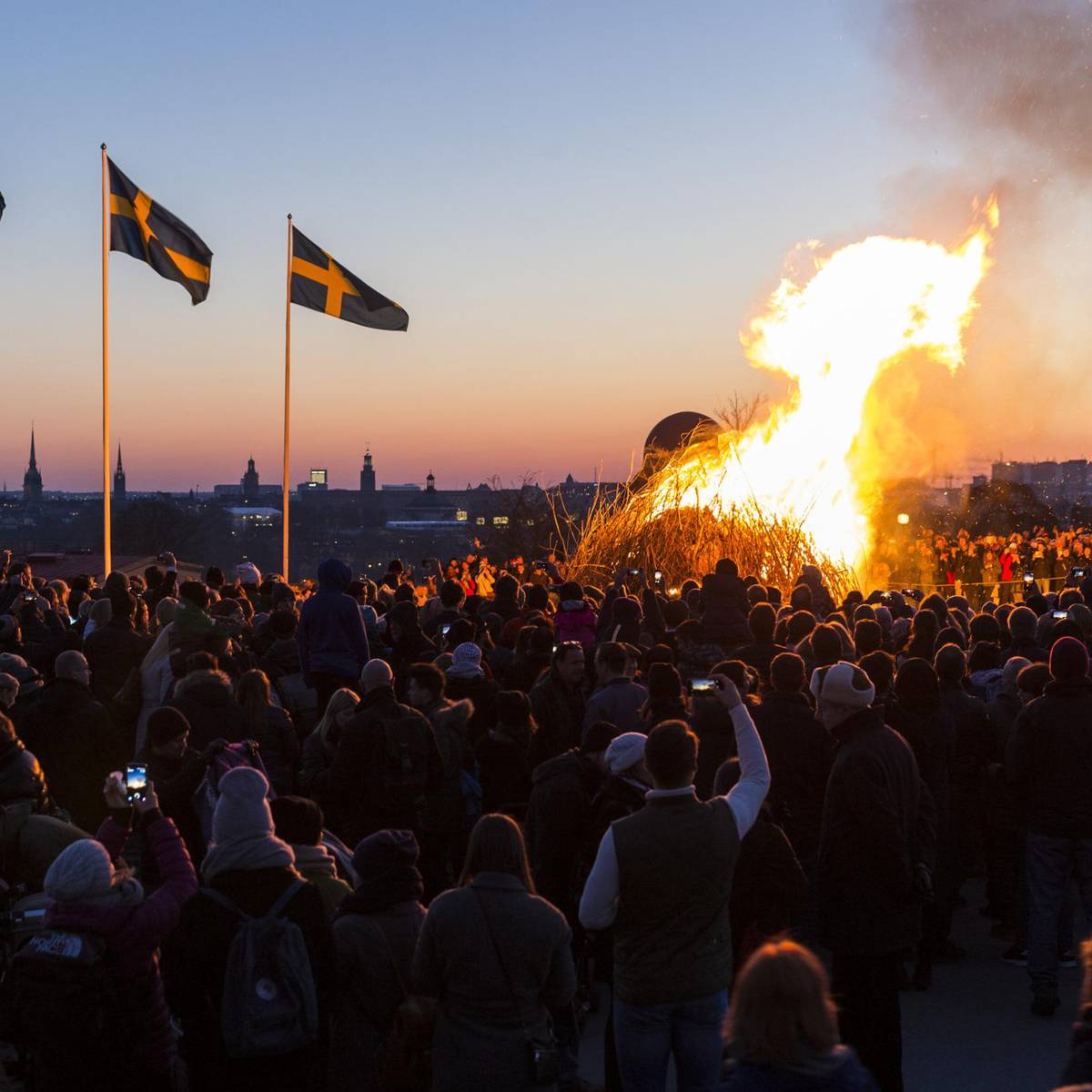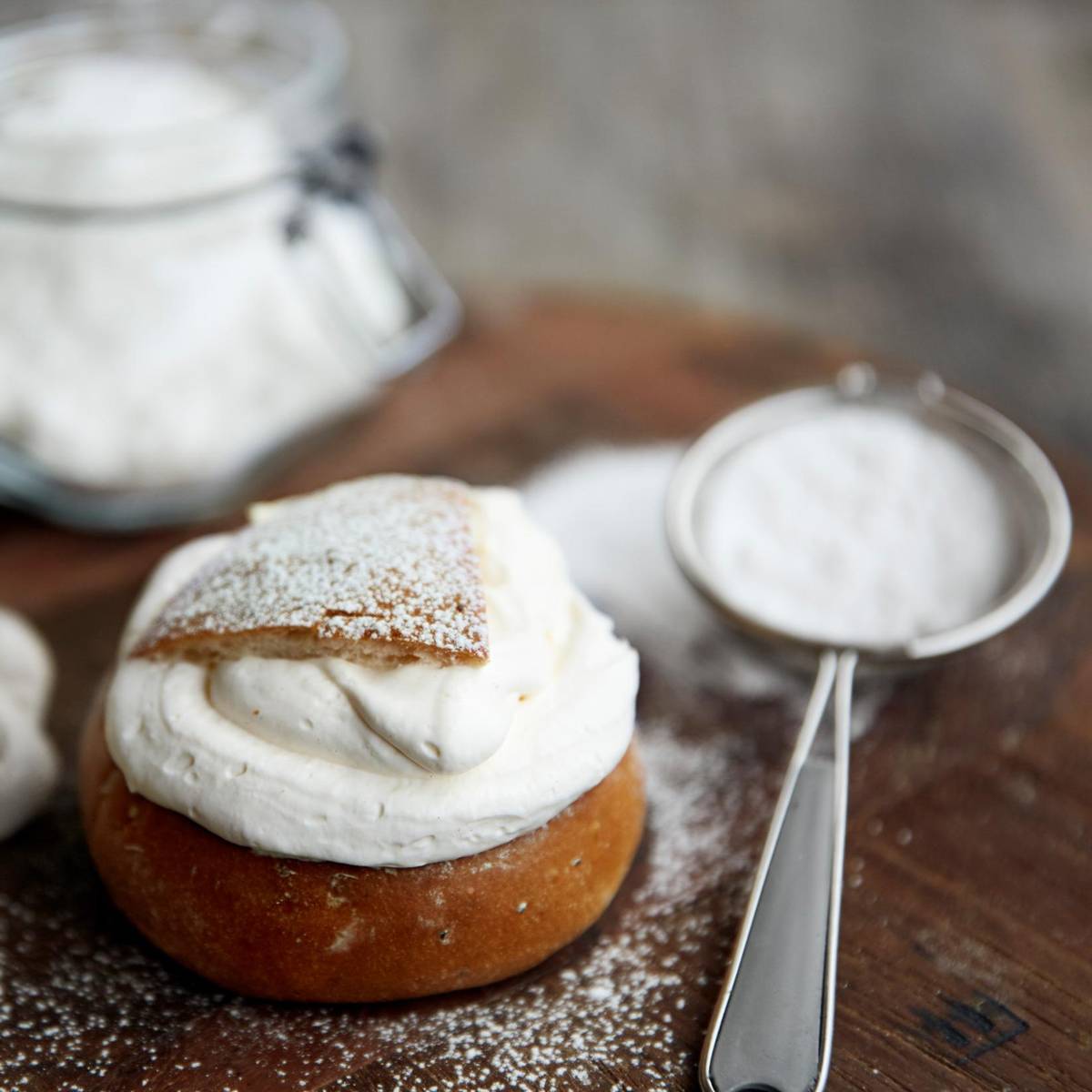When is Waffle Day ('våffeldagen')?
Våffeldagen is always on 25 March.
Where do you celebrate 'våffeldagen'?
In cafés, restaurants, at home – or best of all, in a traditional 'våffelstuga'.
How to do it like a local:
There is no trick. You just eat it. With a coffee. Nothing in Sweden is done without coffee. And especially not waffles.
How do you say 'våffla' and 'våffeldag'?
This is how you pronounce våffla [ˈvɔ́ fla] and this is how to pronounce våffeldag [ˈvɔ́ fɛlˈdɑː́ g].
Why do Swedes celebrate 'våffeldagen'?
You may wonder "what is the origin of Waffle Day"? According to the Christian gospels, 25 March is the day when the archangel Gabriel came down to earth and told Mary that she would give birth to God's son in nine months' time. Originally, the day was celebrated as Our Lady Day ('Vårfrudagen'), but in Swedish, it kind of sounds like 'våffeldagen'. Over time, the tradition became more about waffles than about the virgin birth.
And honestly – who can say no to a day dedicated to crispy, golden waffles with all the toppings?






